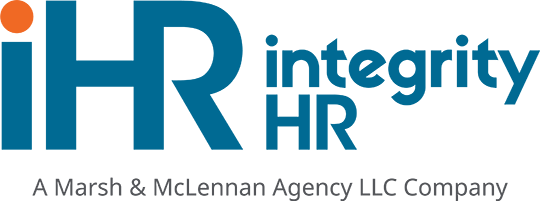You know that employee turnover is costly for your business – but do you know just how costly? According to a recent survey by the Society for Human Resource Management, the average cost-per-hire is $4,129.
Some costs are easily calculable, such as those of recruiting, hiring, and onboarding. Other costs can be difficult to measure, such as the impact of a termination on employee engagement. Easily measurable or not, all these costs hurt your bottom line.
Turnover costs can vary depending on the length of time it takes to fill the role, the importance of the position to the employer, and the employer’s industry. Fortunately, many of the costs of turnover can be measured and predicted, so you can budget for employee turnover and operate with a reasonable sense of your yearly turnover costs.
Here are the real costs of employee turnover and how to measure them:
#1 Recruiting and Hiring
These costs include the expenses for advertising the open position, background checks, and any pre-employment testing you do. They also include internal operational costs for the time taken to market the job, screen applicants, and interview candidates.
#2 Onboarding
Here we have the costs of orientation and training materials, as well as management’s time to provide training and additional supervision to the new employee.
#3 Burden on Staff
Having an empty seat means other employees have to pick up the slack. Depending on your role, they may also have to cover for you while you spend valuable time looking for a candidate to hire. Even after the new employee is hired, it takes time to train new people. You may even have to plan for overtime so that employees temporarily assigned other job duties can still get their own work done.
#4 Productivity Loss
Let’s face it, even with everyone pitching in and working extra time, productivity will drop. And, after the hire, it will take time for the replacement to reach the former employee’s level of productivity. As it can take on average more than 40 days to fill a position, and longer for the new person to master the role, this productivity gap is no small expense.
#5 Mistakes
Errors are likely to increase when employees are covering the duties of their former coworker and when the new hire is learning to do the job. These are, unfortunately, a cost of doing business.
#6 Disengagement.
Employee engagement is likely to be low when turnover is high, and if a terminated employee was well-liked, morale might take a momentary plunge after the termination.
The first three costs listed above are ones you can and should track.
They’ll give you a history of your costs-per-hire and enable you to predict future turnover costs. You can estimate annual turnover costs by adding up these costs for each employee and multiplying the total number by your annual turnover rate.
The latter three costs may, to some extent, be inevitable costs of doing business, but you can minimize those costs by working to decreased turnover.
Put thought and effort into your recruiting, hiring, and onboarding procedures so you hire right at the right time. Engage your employees and retain them longer by building and maintaining a healthy company culture.
Recruiting and retaining the best employees is the most effective strategy for reducing the cost of employee turnover. Building a successful team is crucial for building a successful business.
Are you interested in learning how to set up a successful team to gain positive results for your business? Join us for our upcoming seminar and webinar, “Setting Up Successful Teams for Positive Business Results.”
A few seats are still available for our Successful Teams seminar on May 23! Not able to grab a seminar spot? Join us for our webinar on June 1 from 2:00 PM – 3:00 PM to learn about the tools you can use to select top talent, develop a great team, and cultivate effective professional relationships.











